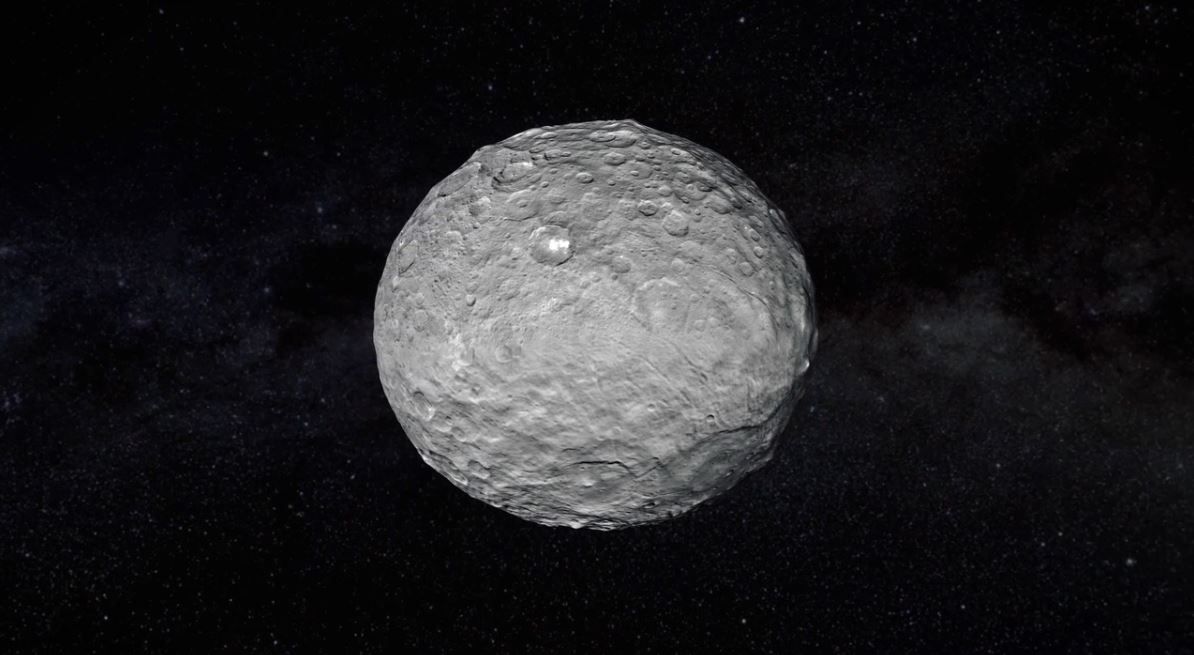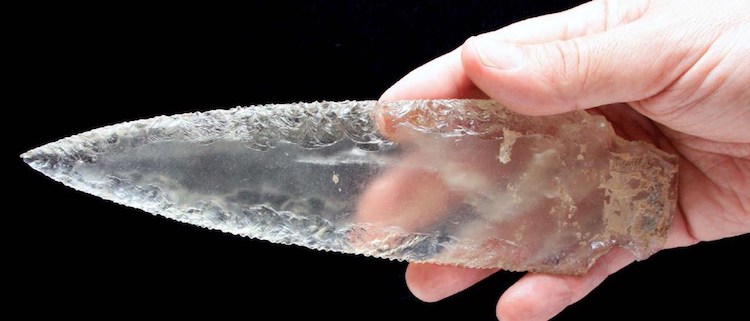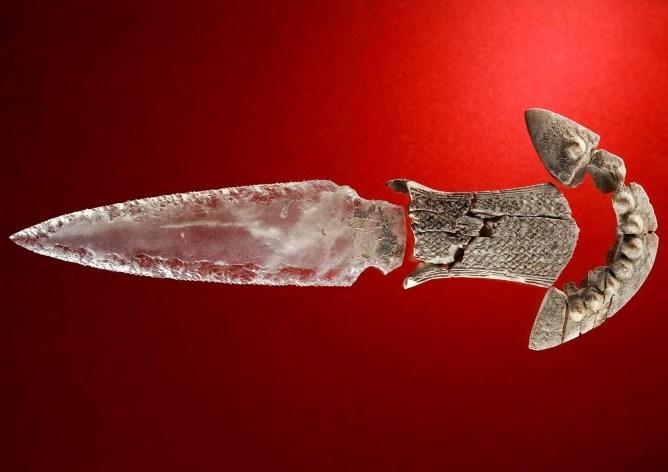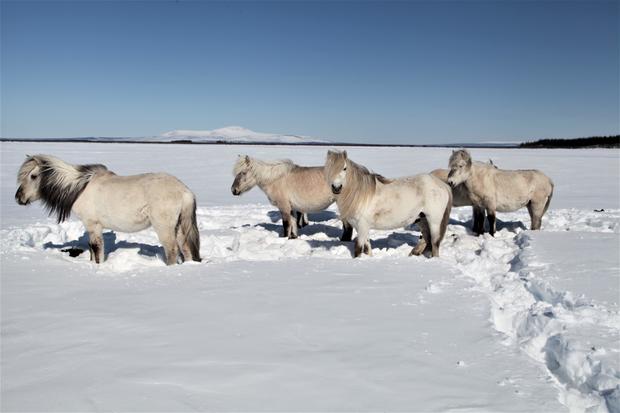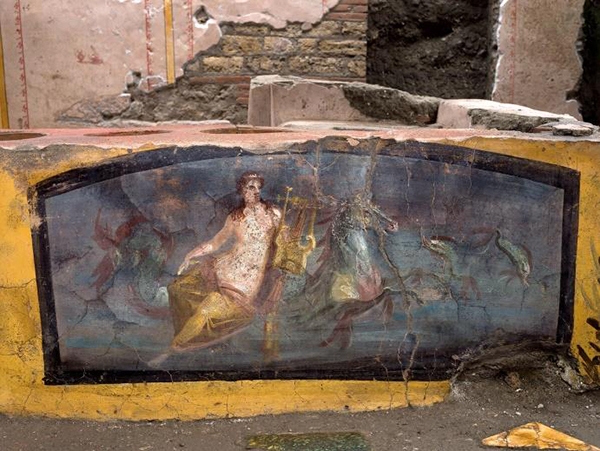It’s a pretty reliable trope of cyberpunk fiction: not only are corporations people but in the future, they’ll be governments. I’ve even used this idea in my short story “Citius, Altius, Fortius,” (available in my short story collection) in which a multinational conglomerate buys a small African nation so it can run its affairs as it sees fit.

But what if you read those stories not as a warning, but as a blueprint?
Well, it looks like that’s what the lawmakers in Nevada did. Because they said, “Hold my beer!” to William Gibson, and have proposed legislation to establish so-called Innovation Zones (nowhere wholesome is ever called a ‘zone’, ammiright?) to jumpstart the state’s economy by attracting tech firms.
According to the AP, the zones would permit companies with large areas of land to “form governments carrying the same authority as counties, including the ability to impose taxes, form school districts and courts and provide government services.”
What could go wrong, right?

